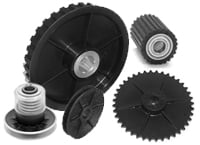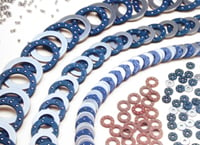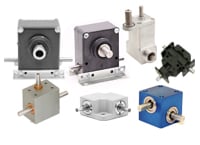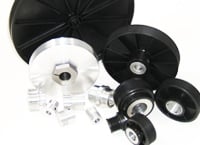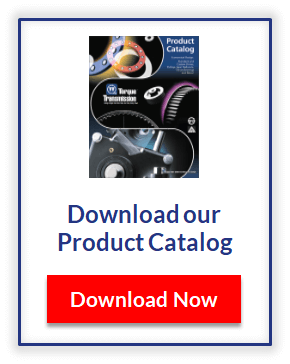
A timing belt and pulley system is a critical component in many power transmission applications, but identifying the correct replacement can be a challenge. Whether you're a design engineer or a maintenance professional, knowing how to properly identify a timing belt is essential for ensuring your equipment operates smoothly and efficiently. This guide will walk you through the key steps to determine the specifications of your timing belt.
Start with Part Numbers and Markings
The first place to look for identifying information is on the belt itself. Many manufacturers will print a part number and their company name directly on the belt.
This is the simplest way to get the information you need. However, if the markings are faded, illegible, or from a company that is no longer in business, you’ll need to do some detective work.
Check the Timing Belt Pulley for Clues
If the belt itself offers no clues, your next step is to examine the timing belt pulley. Sometimes, the pitch and profile of the belt are stamped or etched onto the pulley. The pitch is the distance from the center of one tooth to the center of the next.
By determining the exact pitch and tooth profile, you can significantly narrow down your search for the right replacement.
Measure the Dimensions
Once you have the pitch, you can move on to measuring the belt's dimensions. The two most important measurements are the belt's width and its overall length. These details are crucial for finding a compatible timing belt pulley and belt combination.
If you can’t get an accurate length measurement with a measuring tape, you can count the number of teeth on the belt and multiply that number by the pitch. This will give you the precise length of the belt.
Consider the Material
Finally, consider the material. Timing belts are commonly made from either neoprene or polyurethane.
Neoprene is a flexible, rubbery material that is typically black, whereas polyurethane is slicker and more rigid, and can be clear, white, or black. Understanding these differences can help you select a belt that matches the original specifications.
By following these steps, you can confidently identify the right timing belt pulley and belt for your application, ensuring optimal performance and longevity for your equipment.
Need Help Finding the Right Components?
Identifying the correct power transmission components is crucial, and our experts are here to help. If you have questions or need assistance, don't hesitate to reach out to the team at Torque Transmission.
We provide engineering design support and are dedicated to helping you get the right part for your project. Contact Torque Transmission today for expert assistance.

